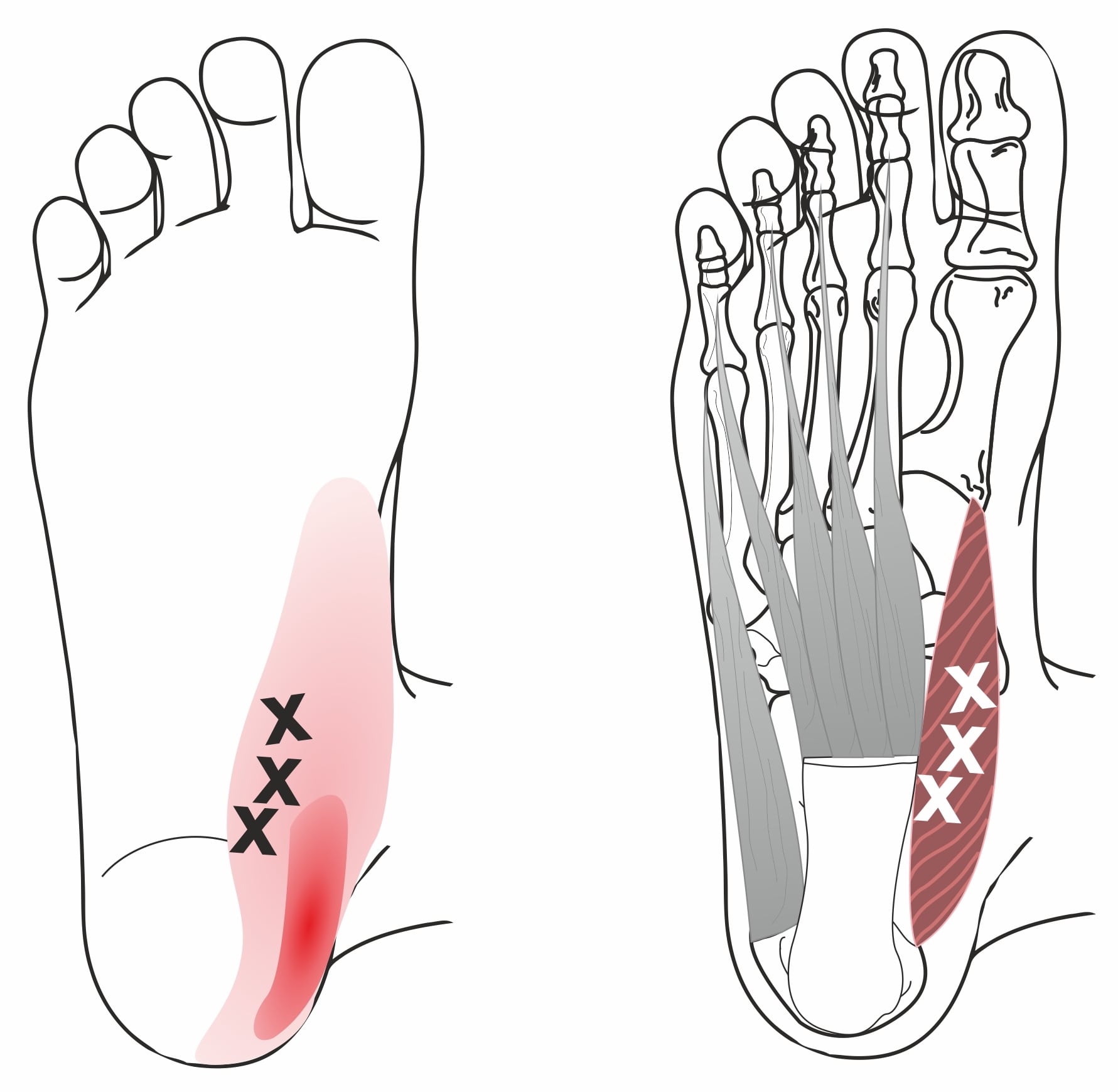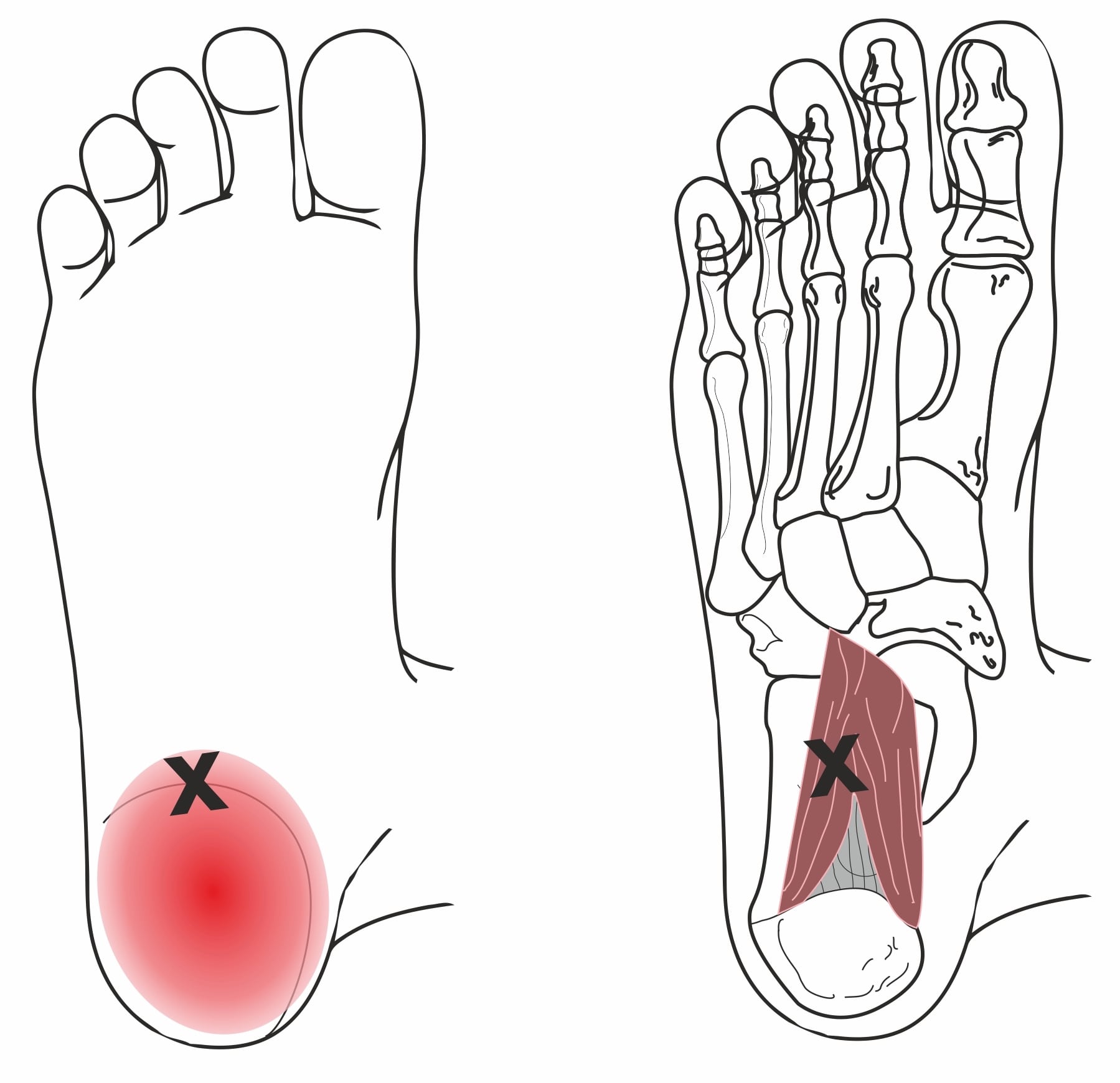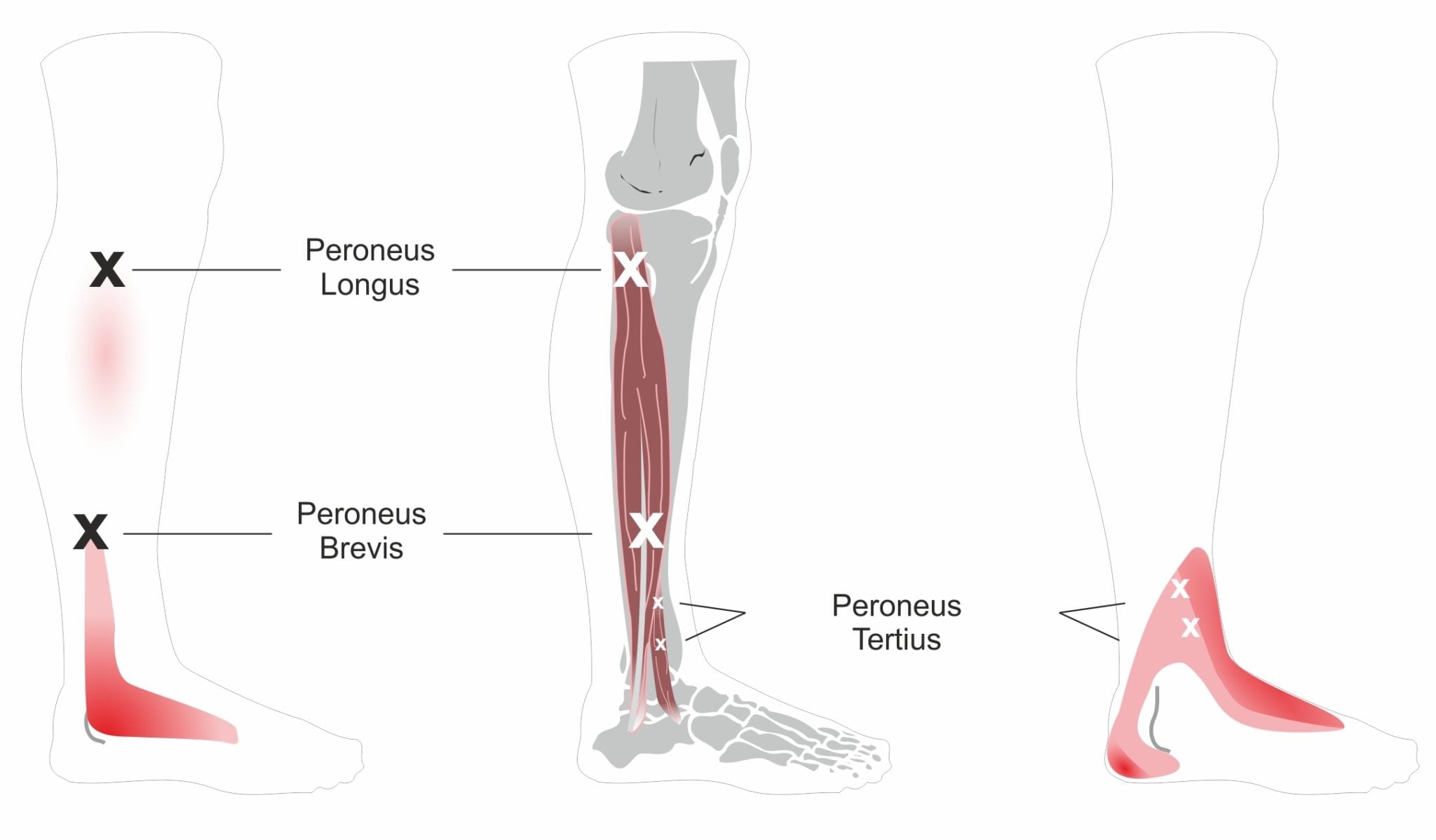Tendinopathy / Tendonitis
Contact one of our clinics to book an appointmentAt Spine Plus we treat back and neck pain disorders “plus” many other orthopaedic muscle and joint problems. For tendon problems such as (tendinosis / tendinopathy / tendinitis) we have specialist techniques on offer at our clinics such as dry needling and shock wave therapy. We usually offer these non invasive treatments first before considering where necessary referral for guided injections, common conditions we treat include:
- Calcific Tendinopathy of the shoulder (supraspinatus, infraspinatus, subscapularis)
- Lateral Epicondylitis (Tennis Elbow)
- Medial Epicondylitis (Golfer’s Elbow)
- Repetitive Strain Injury (RSI)
- DeQuervain’s Syndrome
- Tenosynovitis / Paratendonitis
- Achilles Tendinopathy
- Plantar Fasciitis (Heel Pain, Sole of the Foot Pain, Heel Spur) Treatment
Treatment for Calcific Tendinopathy of the shoulder (supraspinatus, infraspinatus, subscapularis)
As the name suggests Calcific Tendinopathy involves calcium deposits within a tendon. This can be a very painful and volatile condition causing sharp pains and limited movement. Injections such as “barbotage” and steroid injections can help but run the risk of causing tendon weakening and rupture. We therefore like to start patients with other less risky treatments, namely shock wave therapy which can be very helpful and used to break up the calcium deposits.
Lateral Epicondylitis (Tennis Elbow) Treatment
Pain on the outside of the elbow is usually caused by inflammation to the “extensors tendons” of the wrist, the medical term for this condition Lateral Epicondylitis. Gripping with the fingers, pulling the wrist back (including back hand shots in tennis) and even typing may provoke the pain. This will cause sharp stabbing pain at the elbow which may also be tender touch and there may also be a generalised ache in the forearm. We offer massage and acupuncture as well advice on strengthening exercises shockwave therapy in our clinics. We have also deigned a range of purpose designed, sweat resistance elbow supports, SHOP HERE.
Medial Epicondylitis (Golfer’s Elbow) Treatment
Medial Epicondylitis is similar to lateral Epicondylitis but occurs on the inside part of the elbow where the flexor muscles of the wrist attach to the elbow. These muscles come under strain and in forehand shots in racket sport as well golfer. Our therapists regularly treat epicondylitis with massage, acupuncture, shock wave therapy and exercises. We have also developed a range of sweat resistant elbow supprts for Medial Epicondylitis. SHOP HERE.
Repetitive Strain Injury (RSI) Treatment
RSI tends to affect the tendons and muscles of the wrist and forearm. It is a relatively common condition in people who use their wrists and hands a lot, especially in prolonged extended positions with their wrists bent back slightly, for example when typing. Inflammation and tension tends to develop in these muscles cause pain and stiffness. Treatment at our clinics includes massage and acupuncture to relieve muscle tension and electrotherapy (such as ultrasound shockwave therapy) to relieve tendon inflammation. Our therapist can also advise on correct posture and work station set up (ergonomics) to reduce the chance or re-occurrence. Please also see our specially designed range of wrist supports, SHOP HERE.
Dequervain’s Syndrome (Thumb tendon pain) Treatment.
Dequervain’s Syndrome involves pain and swelling in tendons of the thumb (Abductor Pollicis). Steroid injections can be used to reduce the swelling, though there is a small risk adverse reactions associated with this so manual therapy such as that which we offer in our clinics involving electrotherapy and remedial massage and acupuncture may be an alternative. Immobilising the thumb in a thumb / wrist support may also help it heal, see our specially designed Thumb Support, made from patented sweat resistant materials, SHOP HERE.
Tenosynovitis / Paratendonitis Treatment
Tenosynovitis or Paratendonitis refers to swelling within the sheath of a tendon, there may also be adhesions between the tendon and it sheath interfering with the normal sliding mechanism of the tendon within it’s sheath. The problem is with the sheath (or paratendon) rather than the tendon itself (as with Tendinitis / tendinosis). Common sites for paratendonitis include the ankle, knee and thumb. Friction style massage may help, we also often refer patients with paratendonitis for stripping or high volume injections.
Achilles Tendinopathy (Heel Pain) Treatment
The Achilles tendon is the large tendon at the back of the ankle connecting the calf muscles to the foot. This tendon is in constant use during activities such as cycle, walking, and running. Achilles Tendinitis (inflammation) or Achilles Tendinosis (degeneration) is a relatively common injury and cause of heel pain in people who engaged regularly in such activities. It is important to screen for (partial or full) Achilles Tendon ruptures which may require immobilisation in a splint or surgical repair but provided this has not occurred patients tend to respond well to manual therapy on offer in our clinic which may include shock wave therapy and taping. Where required we can also refer for injections (such as PRP injections) but due to a small risk of adverse reactions we like to initially try patients on manual therapy and foot orthotics.
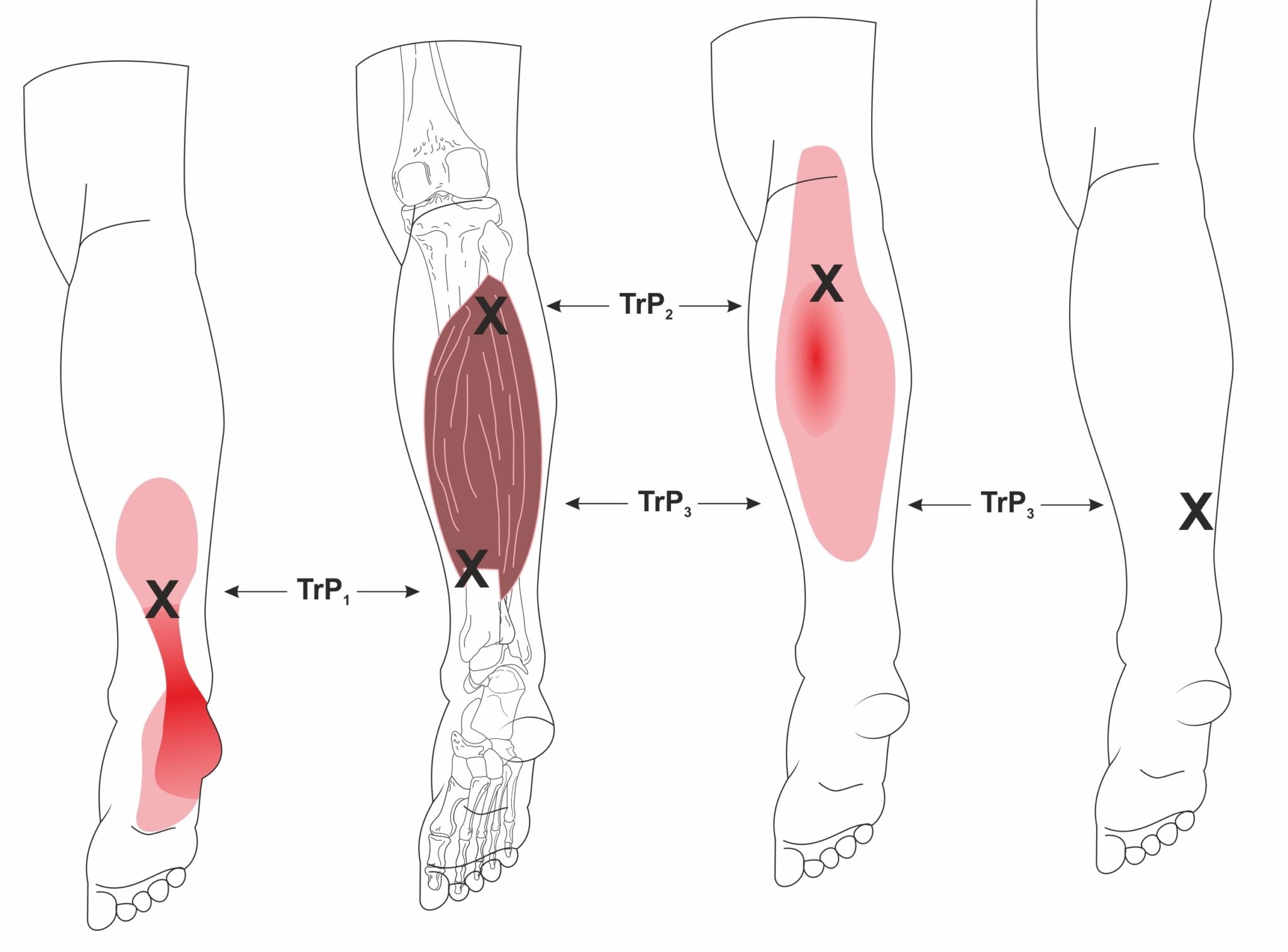
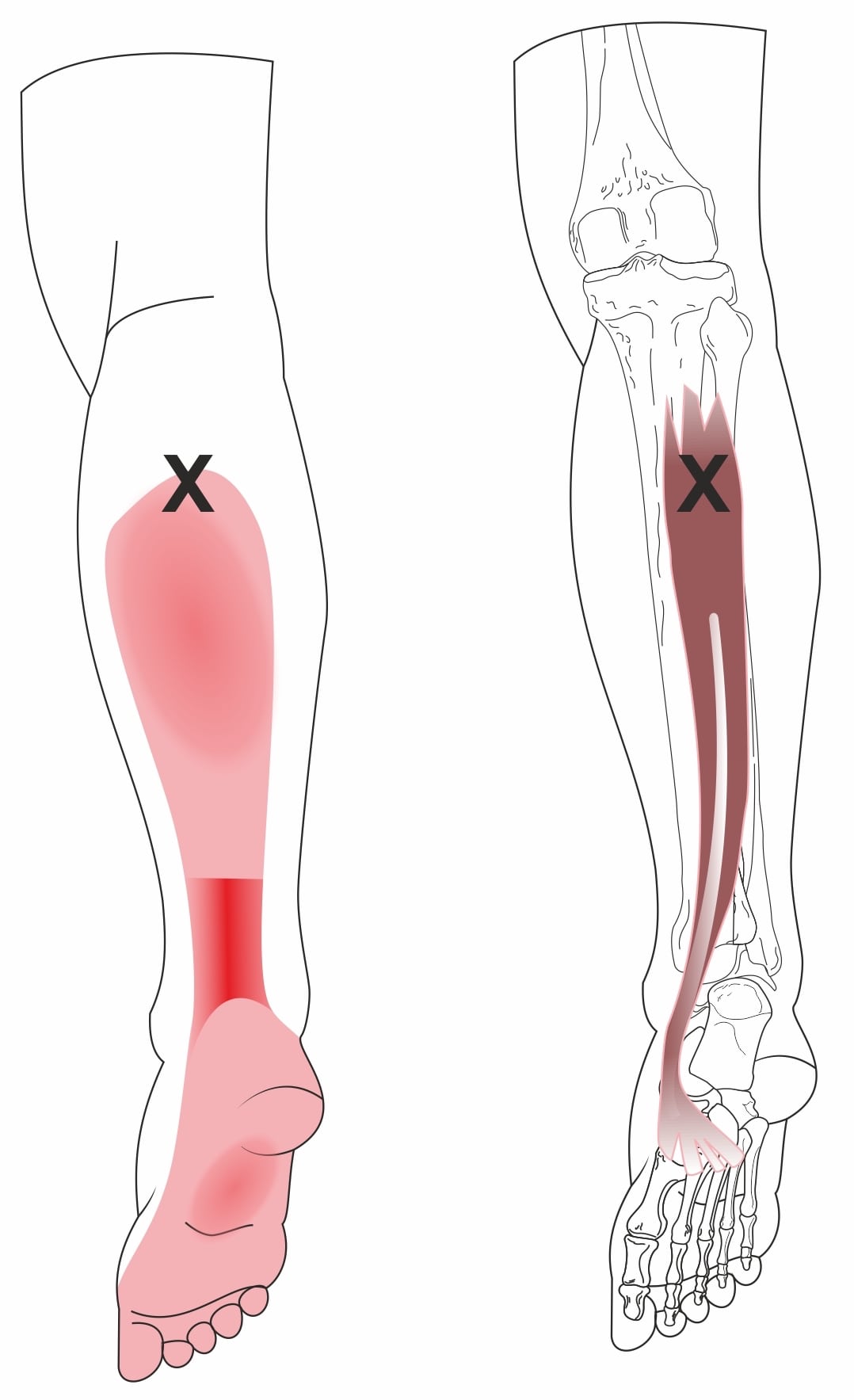
Plantar Fasciitis (Heel Pain, Sole of the Foot Pain, Heel Spur) Treatment
The Plantar fascia is the name of musculo-tendinous structure in the sole of the foot connective the front of the heel bone (calcaneum) to the base of the toes (metatarsals). When this structure becomes damaged it can become thickened with fibrous, scar like tissue. This thickened tissue can become inflamed and a source of pain, however the increased tension and loss of normal elasticity may also pull on the bony attachment to the heel bone causing the bone itself to become inflamed painful or even to lay down extra bone / calcium (called a heel spur). Steroid injections are an option but this could provoke rupturing of the plantar fascia (especially in high demand sports people). The less invasive treatment but highly effective treatments in our clinics include dry needling (with acupuncture needles), shockwave therapy and deep massage (including friction and or Graston style massage). We can also advise on self help techniques such as stretches for the plantar fascia as well as taping techniques and foot orthotics to help support the plantar fascia if patients have adverse foot biomechanics (such as dropped arches).
